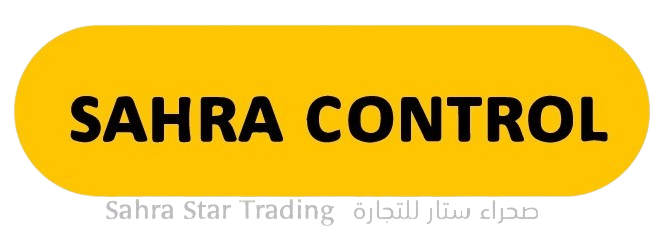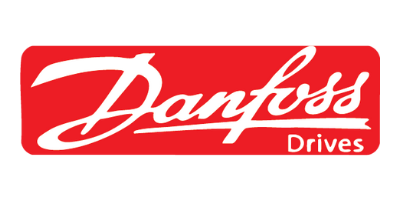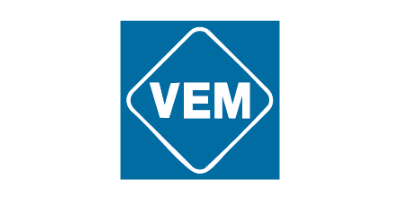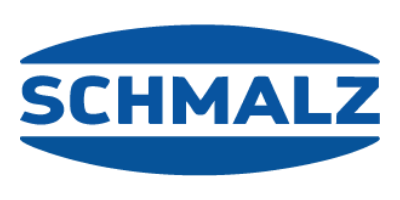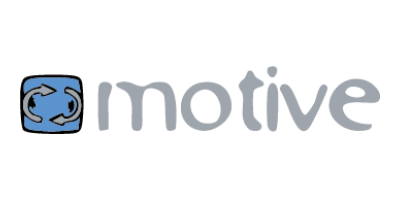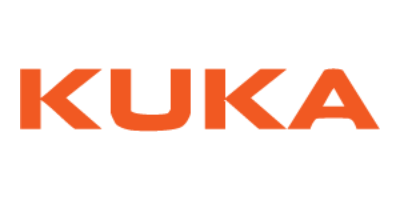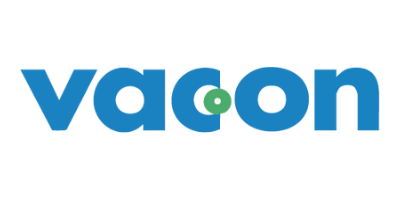Best Automation Software for Factories
With the rapid rise of Industry 4.0 and digital transformation, Automation Software has become an integral part of modern industrial infrastructure. It enables factories to enhance efficiency, minimize human errors, and achieve higher productivity with consistent quality. Choosing the right software is no longer optional; it is essential for maintaining competitiveness in today’s global market.
What is Automation Software?
Automation Software refers to programs designed to control, monitor, and optimize industrial processes. These systems integrate with machines and equipment to provide operators with real-time control and analytics. Common categories include:
- PLC Software: For programming and managing programmable logic controllers.
- SCADA Systems: For supervisory monitoring and data acquisition.
- HMI Software: For enabling user-friendly interaction with industrial systems.
Benefits of Using Automation Software in Factories
- Operational Efficiency: Faster production with fewer errors.
- Cost Reduction: Improved energy management and resource optimization.
- Quality Assurance: Consistent product standards across production lines.
- Safety Improvements: Smart alarms and diagnostics to handle failures promptly.
- Integration with Modern Technologies: Compatibility with IoT and AI.
Leading Automation Software in the Market
- Siemens TIA Portal: A comprehensive engineering framework for automation.
- Rockwell Automation FactoryTalk: Designed for complex, large-scale operations.
- Schneider Electric EcoStruxure: Focuses on sustainability and energy efficiency.
- Mitsubishi GX Works: Known for user-friendly design and compatibility.
- ABB Ability System 800xA: Integrates control, monitoring, and analytics in one platform.
The Role of Software in Smart Factories
Automation Software is at the core of smart manufacturing. It allows factories to collect massive amounts of data (Big Data), analyze it in real time, and use insights for predictive maintenance and performance optimization—key features of Industry 4.0.
Challenges in Choosing Automation Software
- High Initial Investment Costs.
- Workforce Training and Adaptation.
- Compatibility with legacy equipment.
- Data Security Concerns due to cyber threats.
How to Choose the Best Automation Software for Your Factory
- Define the specific needs of your factory.
- Ensure compatibility with existing hardware and systems.
- Select flexible solutions that can scale with your operations.
- Evaluate vendor support and after-sales services.
Conclusion
Selecting the best Automation Software for factories is a strategic decision that can shape the future of industrial operations. As technology advances, these systems will continue to be the backbone of smart, sustainable, and efficient manufacturing.
